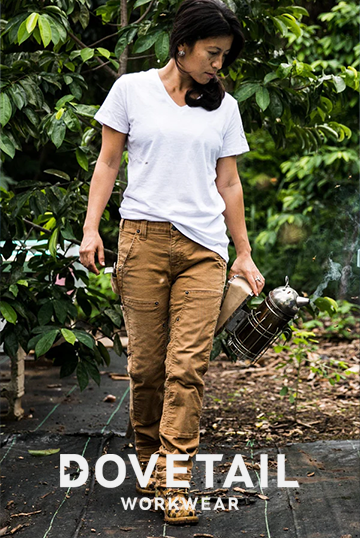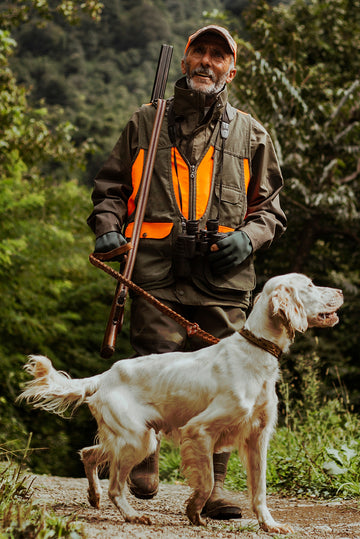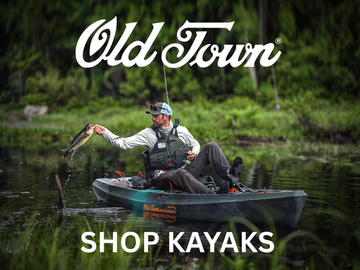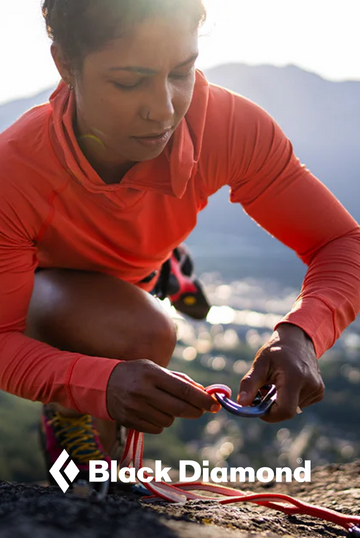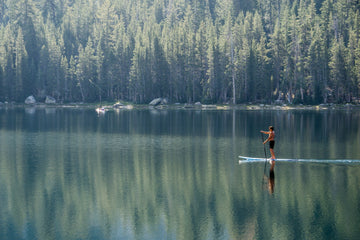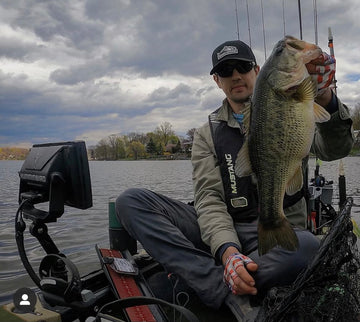Looking for a fun adventure on the water? Stand Up Paddle Boarding (SUP), offers a fun way to play and a full body workout. Plus, since you’ll be standing up, it offers a unique view both below the water and of the horizon. Feeling intimidated by all the gear you think you might need? No need to worry, we’ve put together a basic guide to help get you started!
Gear Essentials
No matter what your skill level, the right gear is essential, and it only takes a few key pieces! The list below outlines the gear needed to have you paddling on the water in no time!
1.SUP: Your first few times out, you may want to rent gear until you decide if you are really into Stand Up Paddle Boarding. Once you’ve decided that you want your own board, there are many choices. Different types of boards are designed for different types of styles, such as surfing, recreational paddling, racing, and yoga. Your board choice should be selected based upon a combination of paddler weight, skill, intended use, and local conditions.
2.Paddle:SUP paddles are similar looking to a canoe paddle, but longer and with an angled blade for efficiency. Choosing the correct length is key! The proper size will reach up to your wrist when standing it in front of you with your arm stretched above your head.
3.Personal Flotation Device (PFD): Your life is important, so no matter what type of SUP you choose, you are going to need a PFD! Since the U.S. Coast Guard considers a SUP a vessel if you are outside of the swim or surf area a PFD must be kept on-board. Adults do not have to wear the PFD, but children must. Check with your State’s regulations to find out age requirements.
4.Safety Whistle & Light: A safety whistle is also required by the U.S. Coast Guard to warn other boaters. Expect to be out after sunset? Make sure you have a light on-board!
5.Clothing: When out on the water in warmer months, a combination of swimsuit, boardshorts, and rash guard or a shirt that includes sun protection are most common. However, in cooler conditions, consider wearing a wet or dry suit.
6.SUP Leash: Your SUP is a floatation device, so being attached to it can be beneficial to your safety. A leash keeps you tethered to your board whenever you fall off, ensuring it is always nearby. Leash types vary depending on the activity just like boards.
7.Sun Protection: Always make sure you have the proper clothing, sunscreen, and sunglasses when out on the water.
Once you’ve got your gear, then it’s time to get out on the water! With very little instruction, most SUP newbies can stand up and begin paddling on their first time out. Always paddle with a friend for safety and on your first trip out, it’s best to start on a calm body of water, like a lake.
For those times that you do fall, here are a few tips for getting back on your board.
Position yourself in the center of your board on one side.
Grab the handle of your board with one hand.
Let your legs float up to the surface of the water, then begin kicking your legs while pulling on the handle, sliding yourself onto the board.
Now that you know the basics, stop by one of our locations and our knowledgeable staff will help you get the SUP gear you need to get started and then join us for one of our Paddle Days! Gear up for adventure with Ramsey Outdoor!


